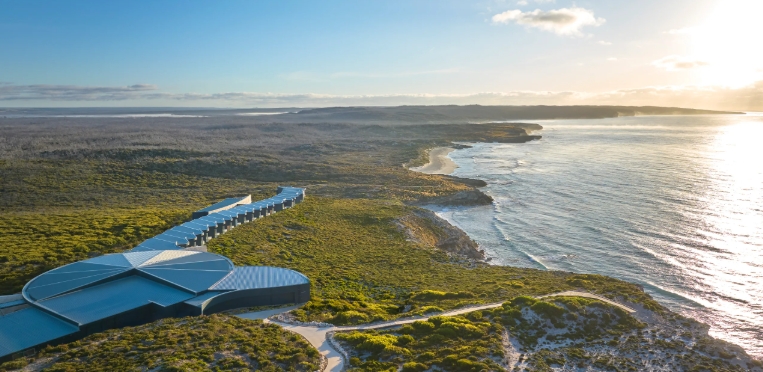Exploring the South Ocean: A Window into Nature’s Wonders
The South Ocean, often overshadowed by its more famous counterparts, is a remarkable expanse rich in biodiversity and geological features. Understanding this ocean is vital for marine research, global climate patterns, and even cultural narratives. In this article, we delve into its significance, unique characteristics, and conservation efforts that are essential for preserving its beauty for future generations.
The Unique Biodiversity of the South Ocean
The South Ocean is home to an astonishing variety of marine life, making it one of the richest ecosystems on the planet. From the gigantic blue whale to the tiny krill, this ocean hosts species that are crucial to both the marine food web and global carbon cycles. Interestingly, the waters are also inhabited by some of the most unique creatures, such as the emperor penguin and various species of seals that have adapted to the harsh conditions. Understanding and safeguarding this biodiversity is essential, as it plays a critical role in regulating Earth’s climate and providing resources for research and education.
Geological Features and Climate Influence
One of the most notable aspects of the South Ocean is its unique geological features, including underwater mountains and extensive ice shelves. These features contribute to its role in global ocean currents and influence climate patterns around the world. The Southern Ocean is a key player in the thermohaline circulation, which affects temperatures and weather patterns far beyond its borders. Monitoring these geological dynamics is crucial for predicting climate change impacts, which can have severe implications for wildlife and human populations alike.
Conservation Efforts and Challenges
As the South Ocean faces increasing threats from climate change, overfishing, and pollution, conservation efforts are more important than ever. Various international treaties and organizations, such as the Commission for the Conservation of Antarctic Marine Living Resources (CCAMLR), work to establish marine protected areas. These efforts aim to safeguard marine biodiversity and manage sustainable fishing practices. However, challenges remain, including illegal fishing and the impacts of climate change, such as ocean acidification and melting ice. Engaging with local communities and fostering global cooperation are crucial for enhancing these conservation efforts.
Conclusion: Embrace the Wonders of the South Ocean
The South Ocean is a vital part of our planet, rich in life and essential for our climate. By learning more about its ecosystems, geological features, and the challenges it faces, we can better appreciate its importance and contribute to its conservation. Whether you’re a marine enthusiast, a researcher, or simply curious, exploring the wonders of the South Ocean can inspire a deeper connection to our planet. Join us in advocating for the protection of these incredible waters and their inhabitants.

